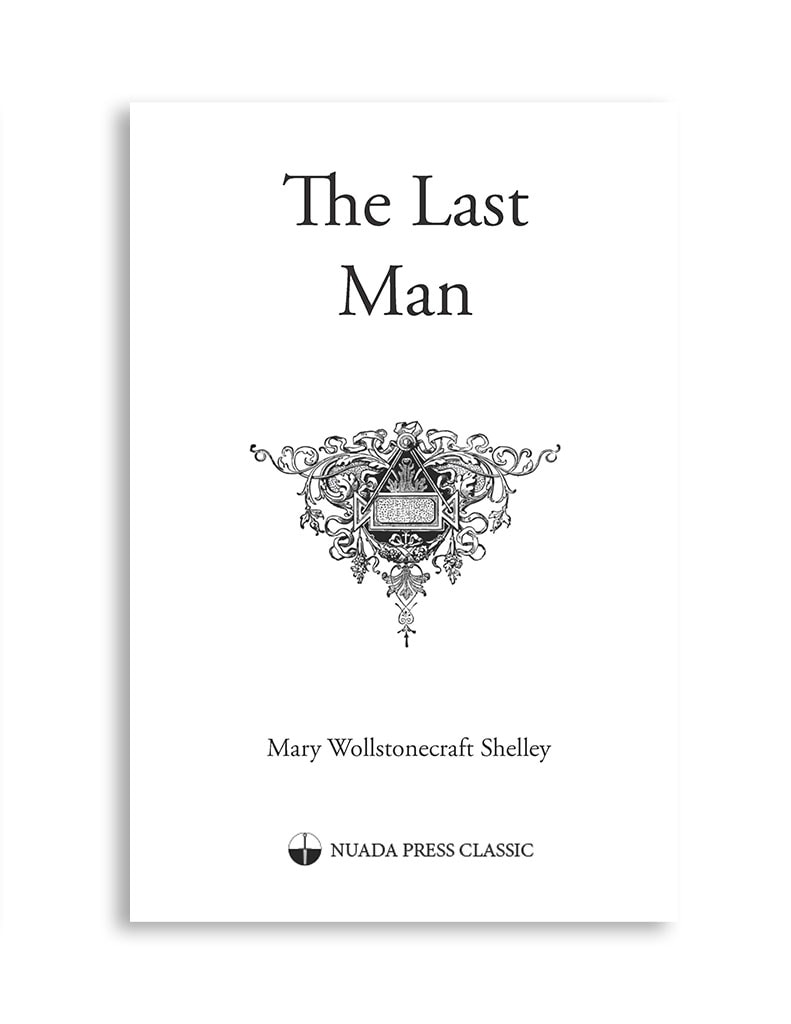
$20.00
The Last Man
Mary Shelley’s neglected later book The Last Man, published in 1826, has the most to say to us in our present moment of crisis and global pandemic. The Last Man is a novel of isolation: an isolation that reflected Shelley’s painful circumstances. The novel’s characters closely resemble the famous members of the Shelley-Byron circle, including Shelley’s husband, Percy Bysshe Shelley, his friend Lord Byron, and Mary’s stepsister, Claire Clairmont.
By the time Shelley came to write the novel, all of them – along with all but one of her children – were dead. Once part of the most significant social circle of second-generation Romantic poet-intellectuals, Shelley now found herself almost alone in the world. As it kills off character after character, The Last Man recreates this history of loss along with its author’s crushing sense of loneliness.
The Last Man came on the heal of two catastrophically depopulating events – the horrifying bloodshed of the Revolutionary and Napoleonic Wars (1792-1815), and the rapid global cooling caused by the massive eruption of Mount Tambora in 1815 – which made human extinction seem a horrifyingly imminent possibility. Unfortunately for Mary Shelley, by 1826 what had once seemed a shocking imaginative response to unprecedented disaster had also become a cliché. For many critics Shelley’s novel was no different to the rash of last man narratives that came before it—consider, for example, Byron’s apocalyptic poem Darkness (1816). But Mart Shelley goes further and asks her readers to imagine a world in which only humans are becoming extinct. For Mary in the absence of people other species flourish. In the Last Man a rapidly decreasing band of survivors watches as the world begins to return to a state of conspicuous natural beauty, a global garden of Eden.
